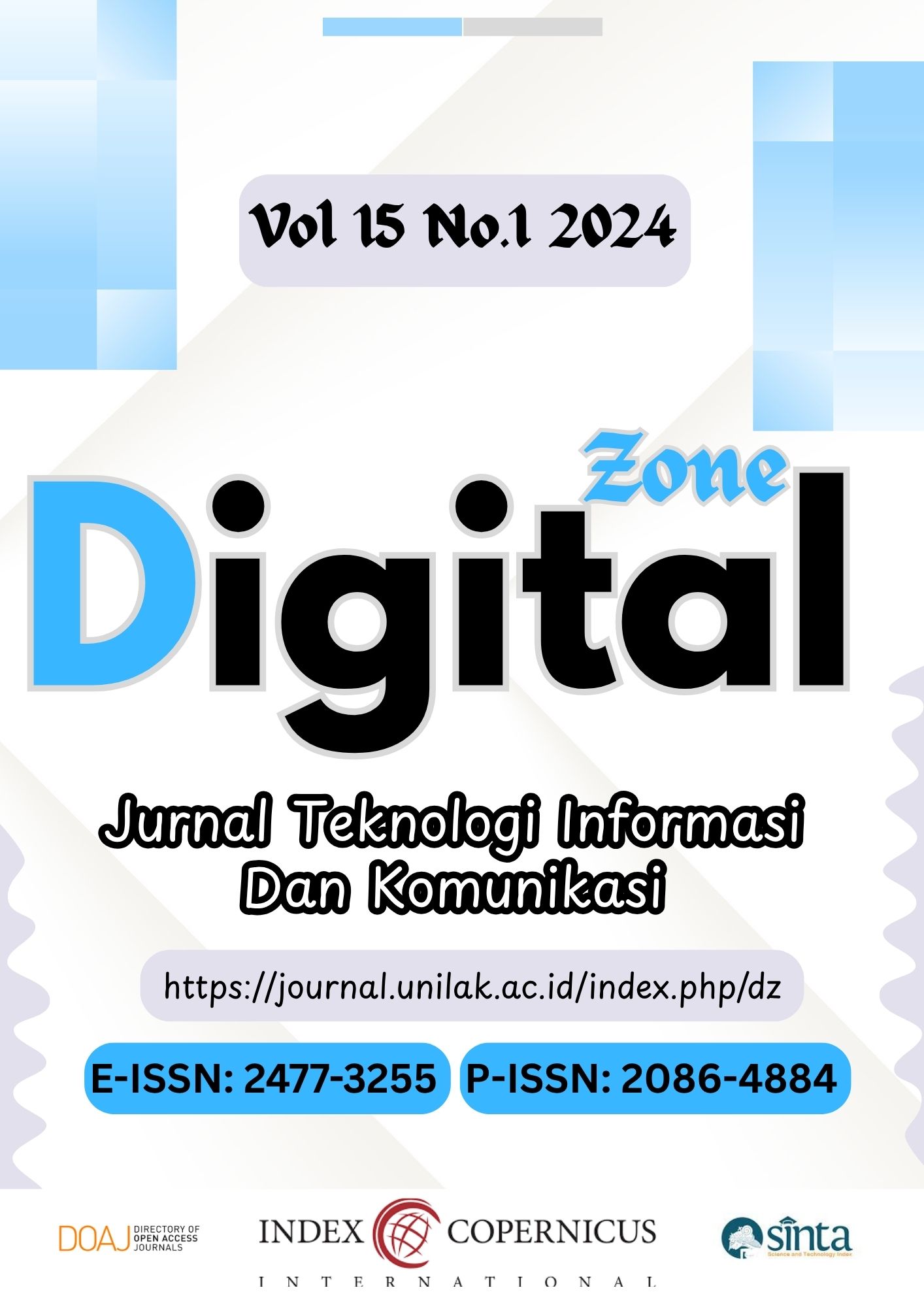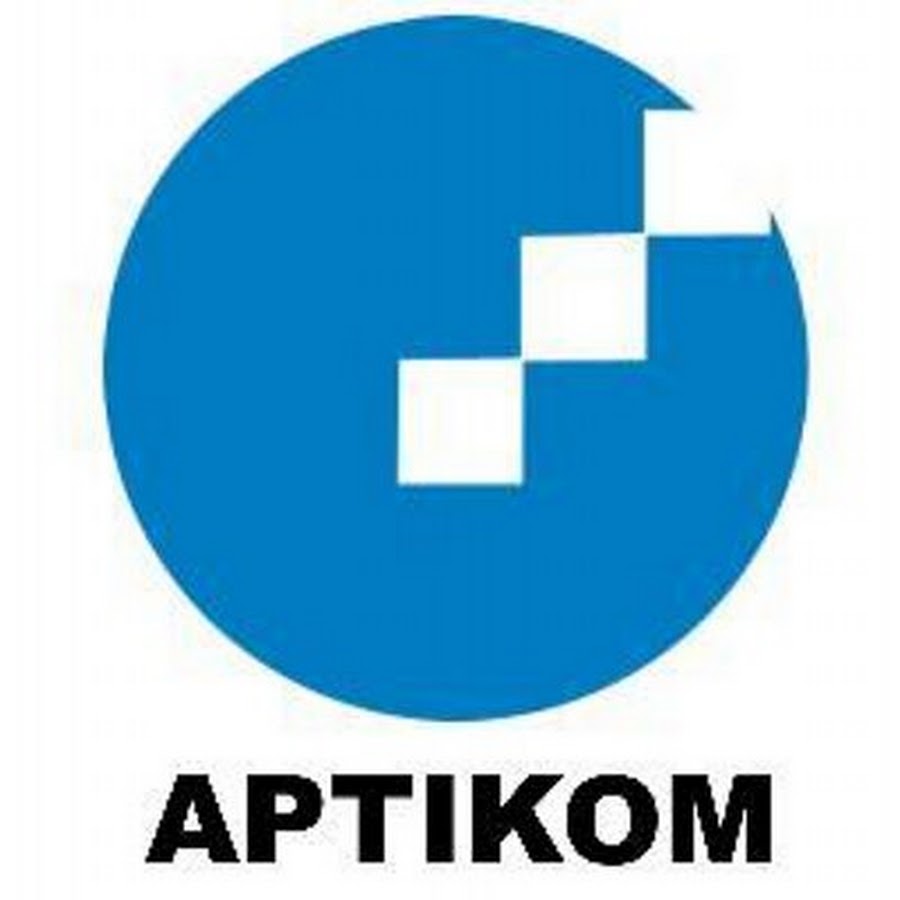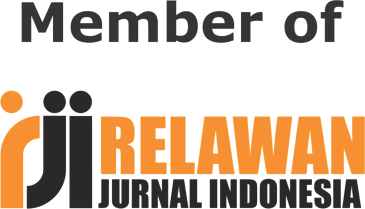Recommendation System to Determine Achievement Students Using Naïve Bayes and Simple Additive Weighting (SAW) Methods
DOI:
https://doi.org/10.31849/digitalzone.v15i1.19746Keywords:
Recommendation System, Decision Support System, Outstanding Students, Naïve Bayes, Simple Additive WeightingAbstract
Giving appreciation to outstanding students can motivate students to compete with each other in learning. MA Tanwirul Qulub Tanggungan often experiences difficulties in determining outstanding students due to There is no application that can assist school management in identifying outstanding students, the implementation is considered less than optimal. besides that, the determination of outstanding students is still based on report cards that are only ranked, and there are no criteria that refer to the K-13 curriculum. The purpose of this research is to offer a solution to create a recommendation system for selecting outstanding students using the parameters of midterm exams, final exams, assignments, attendance, attitude, extracurricular activities, organizations, and award certificates using decision support system techniques. Extracurricular grades are taken from Scouting activities only because students are generally required to participate in them. Naïve Bayes and Simple Additive Weighting methods are used in this research, where the Naïve Bayes method classifies the categories of outstanding students and not, while the SAW method is used for ranking. The contribution of this research has the potential to increase school efficiency in student assessment and support efforts to improve the quality of education by rewarding students appropriately. The validation test results of Naïve Bayes and SAW techniques get an accuracy value of 100%, which shows that the SAW method can produce the best alternative recommendations
References
M. T. del Val Núñez, A. de Lucas Ancillo, S. Gavrila Gavrila, and J. A. Gómez Gandía, “Technological transformation in HRM through knowledge and training: Innovative business decision making,” Technol. Forecast. Soc. Change, vol. 200, p. 123168, 2024, https://doi.org/10.1016/j.techfore.2023.123168
M. Núñez-Canal, M. de las M. de Obesso, and C. A. Pérez-Rivero, “New challenges in higher education: A study of the digital competence of educators in Covid times,” Technol. Forecast. Soc. Change, vol. 174, p. 121270, 2022, https://doi.org/10.1016/j.techfore.2021.121270
U. Azmiyah and A. P. Astutik, “The Role of The Movement Teacher in Preparing Indonesia’s Excellent Generation,” Nazhruna J. Pendidik. Islam, vol. 4, no. 2, pp. 396–408, 2021, doi: 10.31538/nzh.v4i2.1582.
A. Nurdin, S. A. A. Samad, M. Samad, and F. Fakrurrazi, “Government Policy Regarding Education in Indonesia: Analysis of Competence-Based Curriculum, Educational Unit Level Curriculum, and Curriculum 2013,” J. Gov. Soc. Policy, vol. 4, no. 1, pp. 139–155, 2023, doi: 10.24815/gaspol.v4i1.31812.
A. U. Kurnia, A. S. Budi, and P. H. Susilo, “Sistem Pendukung Keputusan Penerimaan Beasiswa Menggunakan Metode Naive Bayes,” Joutica, vol. 5, no. 2, p. 397, 2020, doi: 10.30736/jti.v5i2.484.
A. Y. Lesmana, “Penggunaan Metode Topsis Untuk Sistem Pendukung Keputusan Pemilihan Siswa Berprestasi Di Man 1 Metro,” J. Teknol. Terkini, vol. 1, no. 2, pp. 1–16, 2021, [Online]. Available: http://teknologiterkini.org/index.php/terkini/article/view/31
A. L. Rahman, M. Hasbi, and S. Setiyowati, “Sistem Pendukung Keputusan Untuk Pemilihan Siswa Berprestasi Dengan Metode Analytical Hierarchy Process (AHP) Dan Technique For Order Of Preference By Similarity To Ideal Solution (TOPSIS),” J. Ilm. SINUS, vol. 18, no. 1, p. 49, 2020, doi: 10.30646/sinus.v18i1.439.
A. Ardiansyah, M. Hasbi, and T. Susyanto, “Sistem Penunjang Keputusan Penerimaan Siswa Baru Berprestasi Di SMP IT Surakarta Menggunakan Metode Nearest Neighbor Dan Simple Additive Weighting,” J. Teknol. Inf. dan Komun., vol. 10, no. 2, p. 55, 2022, doi: 10.30646/tikomsin.v10i2.658.
F. P. Dewi, P. S. Aryni, and Y. Umaidah, “Implementasi Algoritma K-Means Clustering Seleksi Siswa Berprestasi Berdasarkan Keaktifan dalam Proses Pembelajaran,” JISKA (Jurnal Inform. Sunan Kalijaga), vol. 7, no. 2, pp. 111–121, 2022, doi: 10.14421/jiska.2022.7.2.111-121.
K. Anin, Y. P. K. Kelen, and D. Nababan, “Sistem Pendukung Keputusan Pemilihan Siswa Berprestasi Menggunakan Metode Profile Matching Berbasis Web (Studi Kasus : SMK Negeri 1 Kefamenanu),” J. Krisnadana, vol. 2, no. 3, pp. 388–402, 2023, doi: 10.58982/krisnadana.v2i3.315.
T. Widyanti, S. S. Hilabi, A. Hananto, Tukino, and E. Novalia, “Implementasi K-Means dan K-Nearest Neighborspada Kategori Siswa Berprestasi,” J. Inf. dan Teknol., vol. 5, no. 1, pp. 75–82, 2023, doi: 10.37034/jidt.v5i1.255.
R. Blanquero, E. Carrizosa, P. Ramírez-Cobo, and M. R. Sillero-Denamiel, “Variable selection for Naïve Bayes classification,” Comput. Oper. Res., vol. 135, p. 105456, 2021, https://doi.org/10.1016/j.cor.2021.105456
S. Ghosh, C. Bhowmik, S. Sinha, R. D. Raut, M. C. Mandal, and A. Ray, “An integrated multi-criteria decision-making and multivariate analysis towards sustainable procurement with application in automotive industry,” Supply Chain Anal., vol. 3, p. 100033, 2023, https://doi.org/10.1016/j.sca.2023.100033
G. Singh and A. K. Chaturvedi, “Hybrid modified particle swarm optimization with genetic algorithm (GA) based workflow scheduling in cloud-fog environment for multi-objective optimization,” Cluster Comput., vol. 27, no. 2, pp. 1947–1964, 2024, doi: 10.1007/s10586-023-04071-1.
P. Subarkah, W. R. Damayanti, and R. A. Permana, “Comparison of Correlated Algorithm Accuracy Naive Bayes Classifier and Naive Bayes Classifier for Classification of heart failure,” Ilk. J. Ilm., vol. 14, no. 2, pp. 120–125, 2022, doi: 10.33096/ilkom.v14i2.1148.120-125.
F. Itoo, Meenakshi, and S. Singh, “Comparison and analysis of logistic regression, Naïve Bayes and KNN machine learning algorithms for credit card fraud detection,” Int. J. Inf. Technol., vol. 13, no. 4, pp. 1503–1511, 2021, doi: 10.1007/s41870-020-00430-y.
N. A. Mansour, A. I. Saleh, M. Badawy, and H. A. Ali, “Accurate detection of Covid-19 patients based on Feature Correlated Naïve Bayes (FCNB) classification strategy,” J. Ambient Intell. Humaniz. Comput., vol. 13, no. 1, pp. 41–73, 2022, doi: 10.1007/s12652-020-02883-2.
N. Rahmadani, R. Risnawati, and M. D. Sena, “Penerapan Algoritma Naïve Bayes Dalam Penentuan Kelayakan Penerima Bantuan Program Keluarga Harapan,” J. Tek., vol. 3, no. 2, p. 40, 2023, doi: 10.54314/teknisi.v3i2.1391.
R. T. Aldisa, F. Nugroho, M. Mesran, S. A. Sinaga, and K. Sussolaikah, “Sistem Pendukung Keputusan Menentukan Sales Terbaik Menerapkan Metode Simple Additive Weighting (SAW),” J. Inf. Syst. Res., vol. 3, no. 4, pp. 548–556, 2022, doi: 10.47065/josh.v3i4.1955.
S. K. Effatpanah et al., “Comparative Analysis of Five Widely-Used Multi-Criteria Decision-Making Methods to Evaluate Clean Energy Technologies: A Case Study,” Sustainability, vol. 14, no. 3. 2022. doi: 10.3390/su14031403.
S. Nematzadeh, F. Kiani, M. Torkamanian-Afshar, and N. Aydin, “Tuning hyperparameters of machine learning algorithms and deep neural networks using metaheuristics: A bioinformatics study on biomedical and biological cases,” Comput. Biol. Chem., vol. 97, p. 107619, 2022, https://doi.org/10.1016/j.compbiolchem.2021.107619
A. Rahman, M. S. Hossain, N. A. Alrajeh, and F. Alsolami, “Adversarial Examples—Security Threats to COVID-19 Deep Learning Systems in Medical IoT Devices,” IEEE Internet Things J., vol. 8, no. 12, pp. 9603–9610, 2021, doi: 10.1109/JIOT.2020.3013710.
A. M. Husein and R. E. H. Hutauruk, “Penerapan Algoritma C4.5 Dalam Pemilihan Siswa Berprestasi di SMPN 10 Medan,” Digit. Transform. Technol., vol. 2, no. 1, pp. 8–11, 2022, doi: 10.47709/digitech.v2i1.1768.
A. Dwi Ksatria, D. Arifianto, and S. Hidayatullah, “Sistem Pendukung Keputusan Siswa Berprestasi Menggunakan Metode Weighted Product (WP) (Studi Kasus SMK Al-Qodiri Jember) Decision Support System For Achieving Students Using The Weighted Product (WP) Method (Case Study Of SMK Al-Qodiri Jember),” J. Smart Teknol., vol. 4, no. 6, pp. 2774–1702, 2023.









